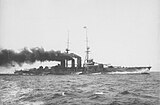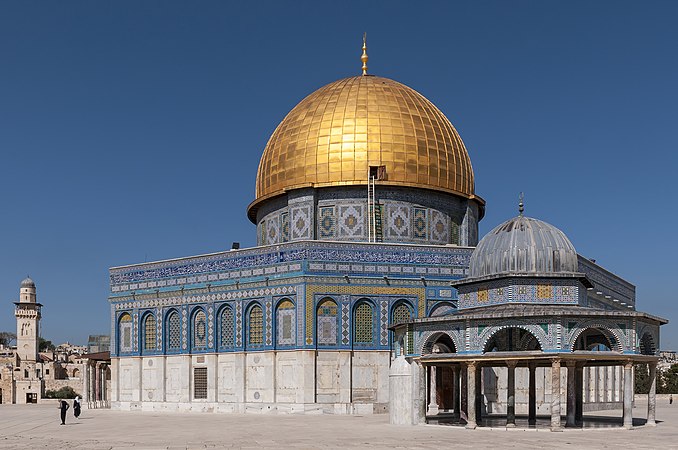特色列表
你知道吗?
新闻动态

- 臺灣花蓮縣近海發生ML 7.2级地震(圖),至少造成9人死亡、1058人受伤。
- 社會民主黨主席路易斯·蒙特内格罗就任葡萄牙總理。
- 巴西鲁·迪奥马耶·法耶擊敗执政党候选人,当选为新任塞内加尔总统。
- 美國马里兰州巴爾的摩弗朗西斯·斯科特·基大橋遭貨船撞斷橋墩而倒塌,造成至少2人死亡、4人失蹤。
- 成立逾75年的朝鲜对韩国統一戰線机构祖國統一民主主義戰線宣布解散。
历史上的今天
维基百科提醒您

不適合維基百科的文章:這裡不是發表個人意見、存放未經整理和雜亂無章資訊的地方。這裡也不是紀錄瑣事或用作個人演說台、宣傳工具的地方。

维基百科由非营利组织维基媒体基金会运作。基金会旗下尚有其他数个多语言、内容开放的维基计划:
🔥 Top keywords:





